Baxter Mill is a gristmill that has existed for more than three hundred years. If it weren’t for a severe injury to a hand during the King Philip’s War, the mill never would have been built. And, if Edward Sturgis hadn’t died at a fairly young age, Thomas Baxter, the man with the injured hand, wouldn’t have married his widow.
Thomas Baxter was a bricklayer, and his injury prevented him from returning to his trade. Marrying Temperance Sturgis put him in contact with Shubael Gorham, his wife’s brother, and together they built a fulling mill on Swan Pond River, now Parker’s River.
His sons, together with his step-son and brother-in-law, then built a grist mill about 1710 to grind corn nearby on what is now known as Mill Brook. Corn was the most important vegetable at this time. Once dried, it could be ground by the miller and used as flour. Cornbread, often called Johnnycake by those along the south coast of New England, was a staple at every meal. A family of six needed 100 bushels each year.
A 19th century poem was written that is still known today:
"The Baxter boys, they built a mill.
Sometimes it went, sometimes stood still;
And when it went, it made no noise.
Because ‘twas built by Baxter's boys."
Before the mill could be built, the Baxters built the dam. The original mill had an undershot waterwheel on its east side. The pond wasn’t high enough to support an overshot wheel. The mill ownership passed from John and Shubael Baxter, sons of Thomas, to their children, Richard and Jennie, first cousins who married each other {not too unusual back then}. The mill stayed in the family – from their son Prince who made repairs and improvements, to his son Prince Jr. Junior’s guardian, David Scudder, sold half interest to the Bakers and the other half to 2nd cousin Alexander Baxter.
About 1860, the mill was changed from waterwheel to turbine, to limit the damage caused by water freezing around the wheel each winter. More was done in October of 1875. According to the Patriot on October 19, “The Baxter Mill, which is situated in the confines of the village of West Yarmouth, and which to a stranger would seem to belong to Hyannis, has lately been undergoing extensive repairs, some $2000 having been expended. Among improvements, a new stone has been put in, new hoppers and bins built. excellent arrangements have been perfected for the proper drainage of the main pond, a new road has been built, branching off from the main road, and running along by the old, between it and the pond, thereby enabling farmers to bring their corn to the door in the upper story of the mill, which, of course, enables them to unload and load with much less labor then by the old method.”
Baxter Grist Mill about 1875
Even though repaired and improved, operations ceased a few years later. Then, in 1890, “Mr. Q. T. Seabury has succeeded in purchasing about all the land surrounding the mill pond at West Yarmouth….After several hitches, we understand these gentlemen have succeeded in securing the old Baxter Mill and all the privileges connected therewith.” (Barnstable Patriot)
What happened next wasn’t anticipated. In March of 1904 the dam gave way, “so badly damaging part of the state road [now Route 28] that it will have to be rebuilt.” (Barnstable Patriot). But the dam wasn’t fully rebuilt. A 1915 article by Daniel Wing, Yarmouth historian, writing about West Yarmouth homes, said that “the dam has been allowed to wash away…this once beautiful and interesting spot is now grown up with rushes.”
Dr. E.F. Gleason, later achieving prominence by having his estate become the first Cape Cod Hospital, bought the land across from the mill from the Baxter family and in 1917 he acquired the land across the road, including the old mill.
During the 1920s, Route 28 in West Yarmouth blossomed into an entertainment center for Cape Cod, the automobile allowing people to travel further. Just east of the Baxter Mill an entertainment/eating spot opened in 1924. Called The Old Mill Tavern, the owners built a 40’ by 40’ building with a 12 foot piazza featuring both great food and dancing. With Prohibition in full swing, the Tavern was officially dry, and that, combined with the Great Depression starting just five years later, doomed the Tavern in the 1930s.
Old Mill Tavern
It’s little known that Henry Ford approached Gleason about buying the Baxter Mill for his historic collection, but Gleason turned him down. The Mill languished through the Depression and World War II years, with a brief revival after the war as a gift shop and a lobster shack. At this point, A. Harold Castonguay, local lawyer and benefactor of many gifts to the town, including the West Yarmouth Library, bought the land and mill and started restoration in August 1960. All of this restoration is well documented in his 1962 booklet, “Two Men On A Mill.”
The mill was given to the Town of Yarmouth and is the only surviving 18th-century water-powered mill on Cape Cod. Baxter Grist Mill was listed on the National Register of Historic Places in 1981.
Excerpted from an article by Nate Rowe and Duncan Oliver
Baxter Mill today



















